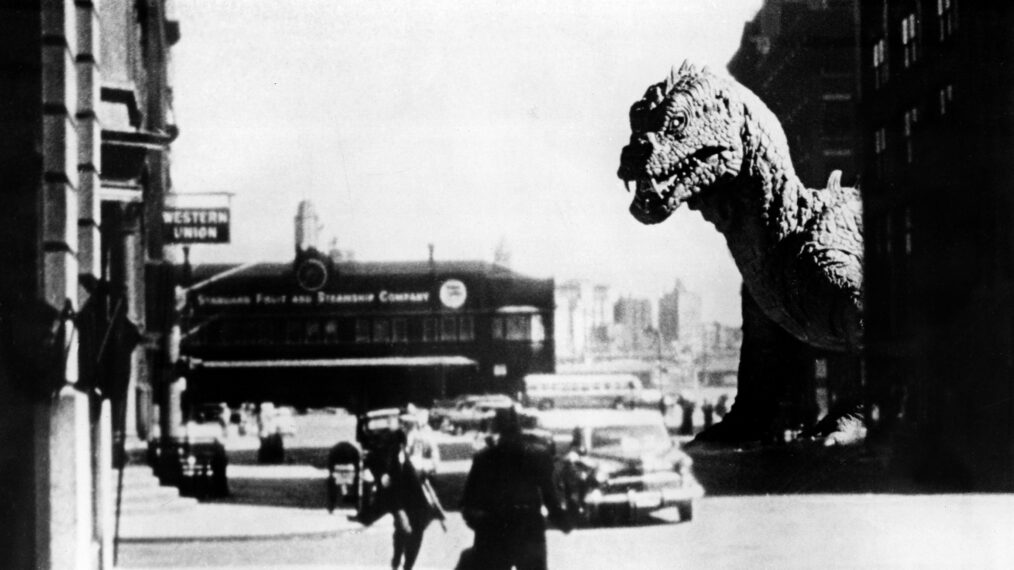60 Years Ago, ‘Jason and the Argonauts’ Cemented Ray Harryhausen’s Status as a Special-Effects Colossus
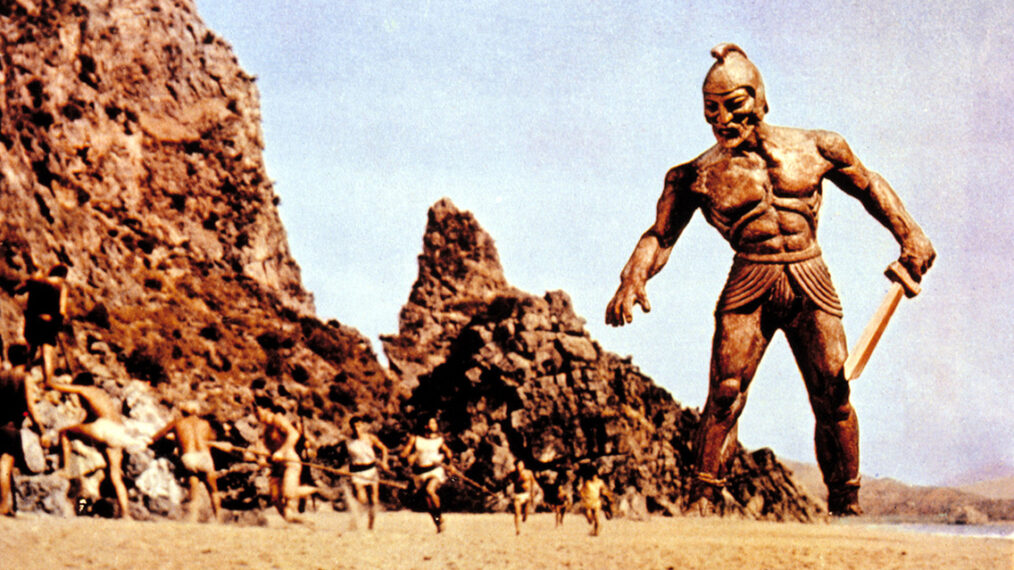
Legendary stop-motion special effects master Ray Harryhausen achieved his greatest triumph in terms of bringing the fantastical to thrilling life in Jason and the Argonauts, which hit theaters on June 19, 1963.
Harryhausen had already created brilliant and enduringly entertaining special effects for features like The Beast From 20,000 Fathoms (1953), It Came From Beneath the Sea (1955), 20 Million Miles to Earth (1957), The 7th Voyage of Sinbad (1958) and Mysterious Island (1961), but he reached a new level with Jason and the Argonauts.
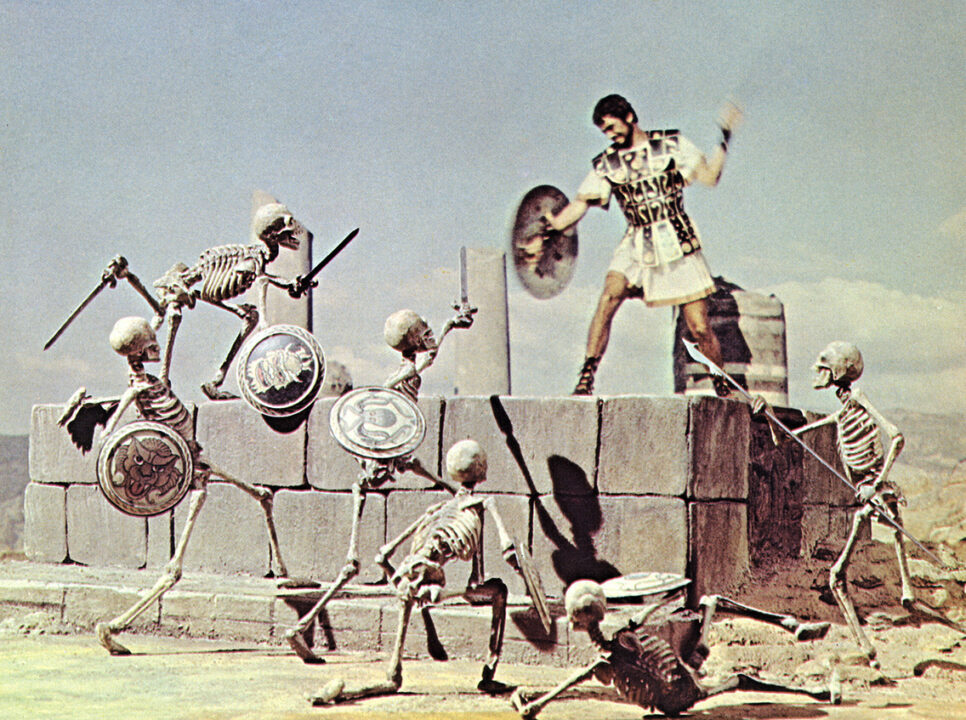
Courtesy Everett Collection
The “children of the Hydra’s teeth,” brought to life by special effects master Ray Harryhausen, converge on Jason.
The feature is based on the ancient Greek tale about the hero Jason (Todd Armstrong), who leads the men of his ship the Argo on a quest to find the fabled Golden Fleece. The human characters and actors here are fairly “meh”; the gods, played by actors like Niall MacGinnis as Zeus and Honor Blackman as Hera, are more interesting and fun.
But the real stars of the film are the various Harryhausen-created monsters that Jason and crew encounter and battle along the way in a series of spectacular set pieces that are still pretty thrilling to watch today, especially with the fantasy action set to a rousing musical score by Bernard Herrmann:
-
There are flying harpies:
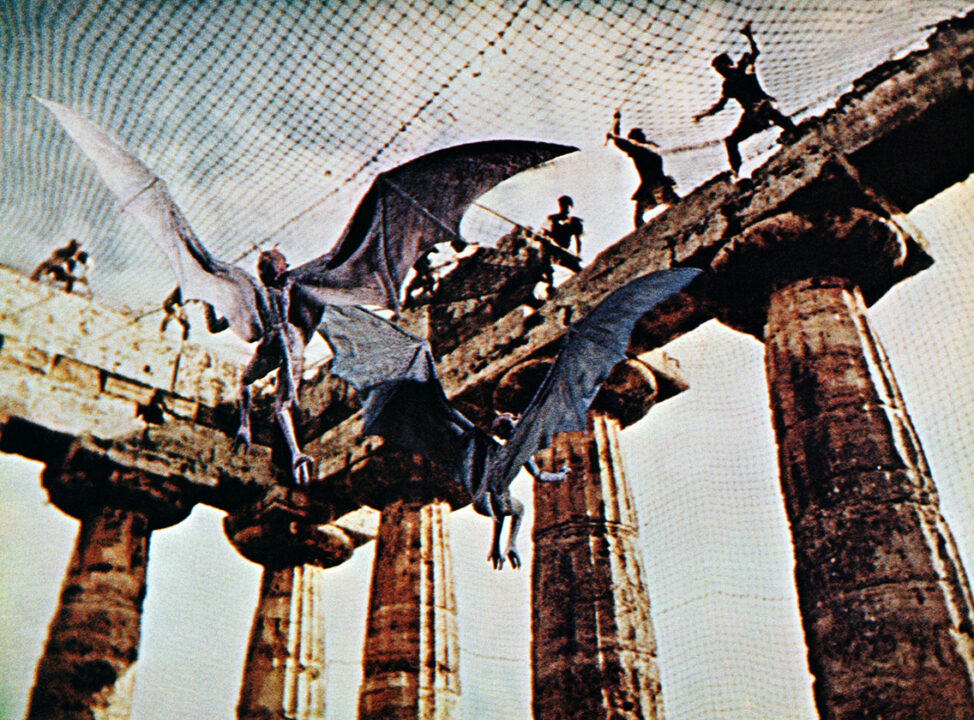
(Courtesy Everett Collection)
-
There is the multi-headed Hydra that guards the Fleece:
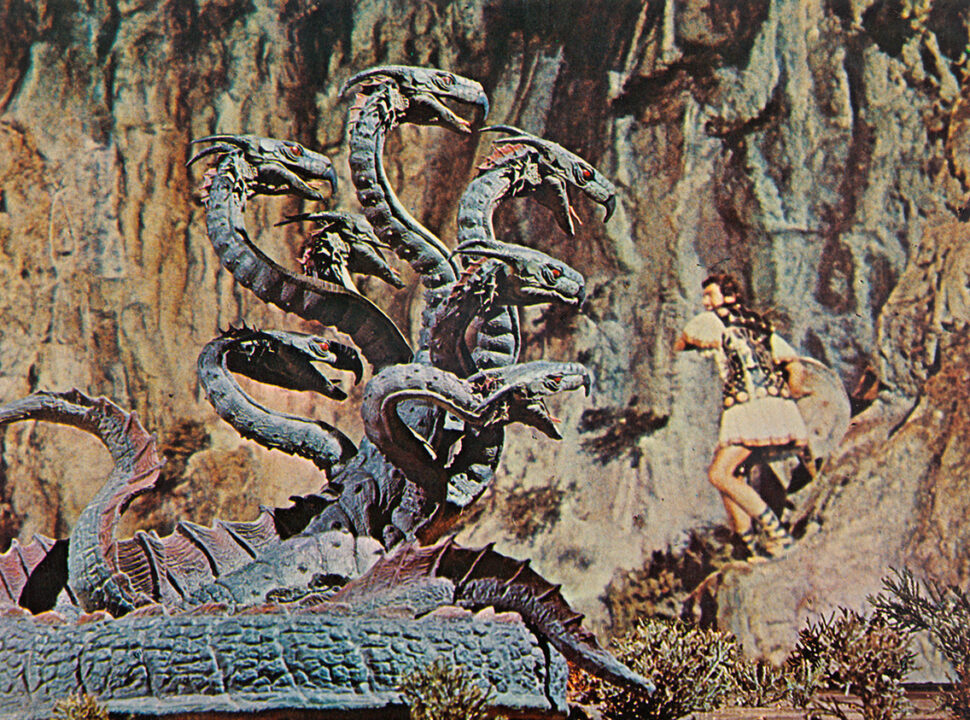
(Courtesy Everett Collection)
-
There is Talos, the enormous, sword-wielding bronze statue that springs to life to pursue the men:
Talos moves along in a wonderfully realized stiff manner and makes a creaking noise with each motion, which presents a terrifying overall spectacle in both sight and sound, especially when he first moves his head to look at the men who have foolishly awakened him:
-
And, of course, there is the iconic army of seven skeletons:
Born from the teeth of the slain Hydra, the skeletons clash with the Argonauts in an amazing, climactic battle that took Harryhausen and his team four months of painstaking attention to detail to pull off. (That scream the skeletons all give when they initially rush Jason and his men was always a wonderfully creepy moment for me whenever this film used to air as a Sunday afternoon movie or something back in the day.) There are even personalities and reactions given to individual skeletons, as when one grabs its shoulder after being struck by a sword. This scene, and the one with Talos, honestly still looks better than some CGI-created things I’ve seen over the years.
Ray Harryhausen’s Clash of the Titans (1981) — A Great Companion Piece to Jason and the Argonauts
Over the decades following Jason and the Argonauts, Harryhausen created effects for six other features — including two more productions set in the Sinbad universe, The Golden Voyage of Sinbad (1973) and Sinbad and the Eye of the Tiger (1977) — before he and longtime coproducer Charles H. Schneer returned to the world of Greek mythology for Harryhausen’s last hurrah before his retirement.
That final film was another June premiere: Clash of the Titans, the original fantasy adventure in which Harryhausen famously released the Kraken — a giant, four-armed sea monster — along with a number of other terrifically realized mythical beasts, which opened in theaters on June 12, 1981.
This film, like Argonauts, follows a hero on his quest. Harry Hamlin, in a role that helped make him a familiar name, stars as Perseus, son of the god Zeus (Laurence Olivier) and Danaë (Vida Taylor), a mortal woman.
Over the course of his journey, Perseus must tame the winged horse Pegasus, slay the snake-haired gorgon Medusa (one of Harryhausen’s more nightmarish creations, surely something that has stuck in the minds of any kids who saw it back then) and rescue the beautiful Andromeda (Judi Bowker) from the Kraken. Perseus gets a little help here and there not only from Zeus, but also from other gods, including Hera (Claire Bloom), Aphrodite (Ursula Andress) and Athena (Susan Fleetwood).
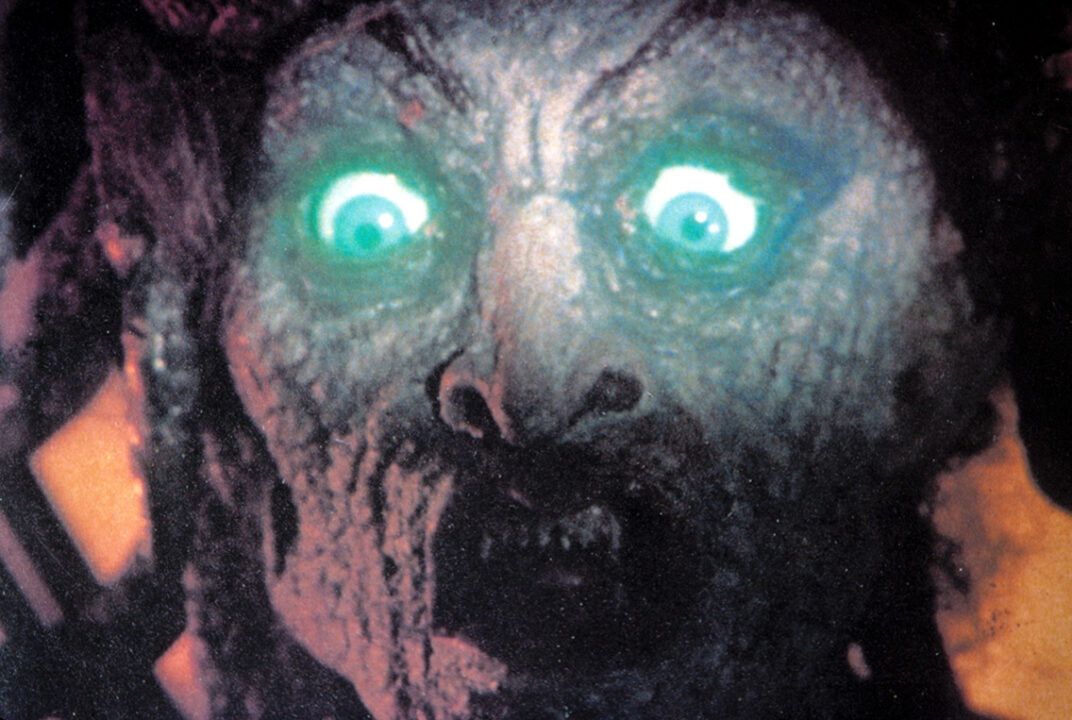
Courtesy Everett Collection
My apologies in advance if any of you happen to turn to stone while gazing at this beauty.
The array of fantastic creatures in Titans also includes the deformed satyr-like monster Calibos, a giant vulture, giant scorpions, a two-headed dog and the (slightly annoying) mechanical owl Bubo, and they all spring to life thanks to the painstaking and loving detail that Harryhausen always brought to his stop-motion animation.
Even at the time of its early ’80s release — when it bridged the special effects renaissance ushered in a few years earlier by the Star Wars films and George Lucas’ Industrial Light & Magic, and the computer animation age that would have its early beginnings within the following decade — Clash of the Titans was already seeming a bit quaint and old-school.
It happened to open the same weekend as the Lucasfilm production Raiders of the Lost Ark, and while Titans did not make nearly as much as that blockbuster, it was a hit and ultimately grossed over $41 million domestically.
I’m glad that people (myself included) turned out to see Clash of the Titans in theaters. It makes for a nice double feature of mythological action along with Jason and the Argonauts. Like that latter film, it is still very cool-looking and a lot of fun, and serves as a great professional swan song for Harryhausen.

